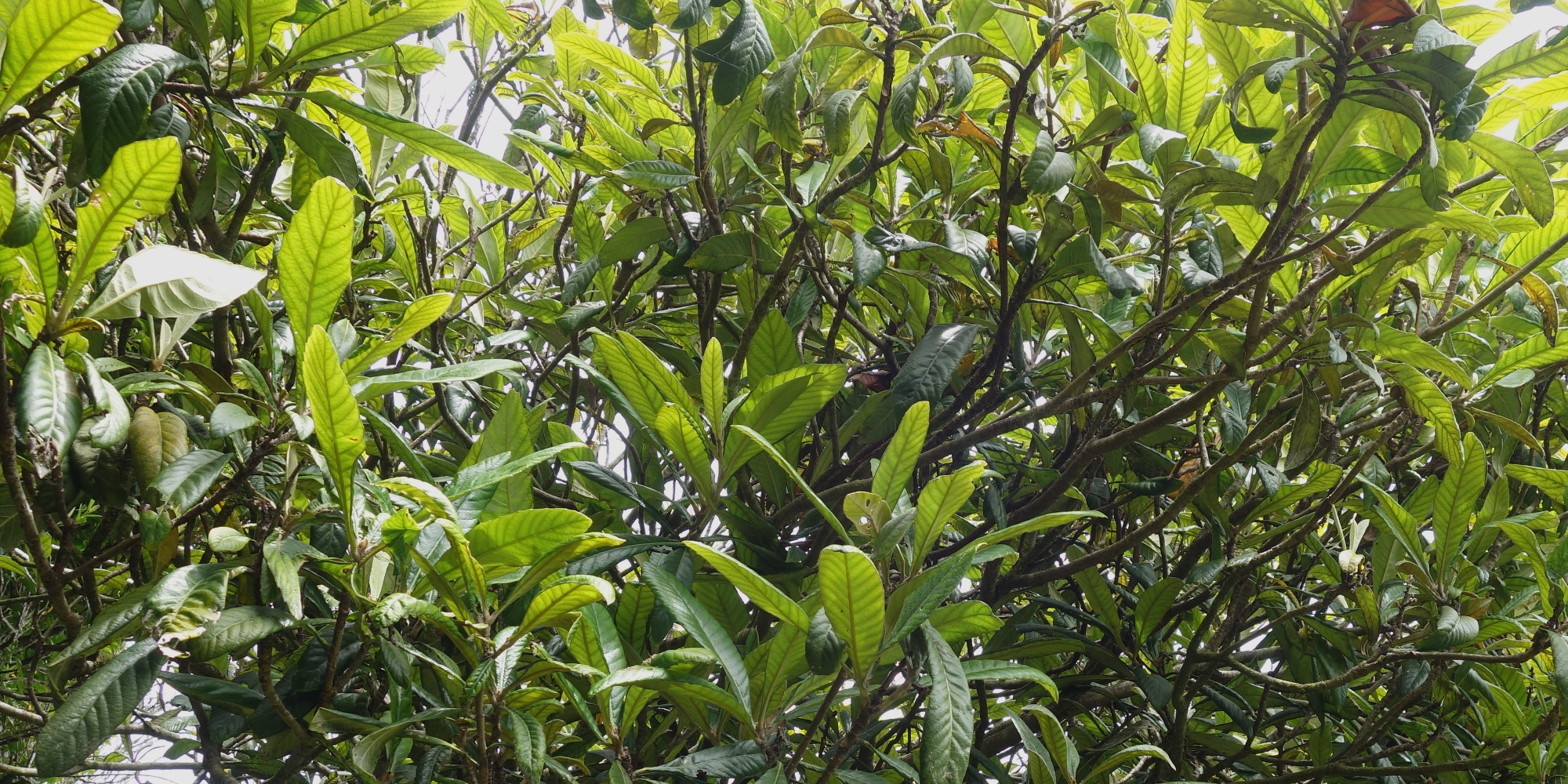We so far haven’t written much about walnuts, although we have been working with them for a few years. Walnuts are not huge fans of the West Coast climate, to say the least. They prefer hot and dry Summers, and deep and free-draining soils – neither of which are plentiful on the Coast. However the nutrition provided by walnuts is very hard to find in other tree crops, being both high in protein (not too difficult to find in other tree crops) and omega-3 essential fatty acids (good luck finding this in other perennials!), and so we believe that it’s worth persevering, despite the challenges.
On the plus side, our climate is relatively frost-free, and late frosts are rare and usually not severe. So we hypothesize that very early leafing varieties of walnut will give us a longer growing season, which would help counterbalance that our Summers are relatively mild. Most walnut breeding programs around the world typically breed late-leafing varieties to avoid the risk of late Spring frosts.
The other reason most walnut breeding programs aim for late-leafing is avoidance of walnut blight. Wet Spring weather during bud break is the ideal time for walnut blight to spread and take hold, so delaying leafing out by a few weeks can avoid wet Spring weather altogether in continental climates. Susceptible walnuts in a wet Spring can have almost the entire crop lost to blight, so it’s a serious problem. As there’s no guarantee that our West Coast late Spring is any drier than our early Spring (often the opposite!), I suspect that blight avoidance is not a feasible strategy for our region anyway. To this end, we are looking to work with interspecific hybrids to introduce true blight tolerance.
Other countries have access to many wonderful and productive interspecific walnut hybrids, often selected from the best of hundreds of seedlings, however in New Zealand these sorts of hybrids are essentially unheard of, and extremely rare. The few walnut grafters in New Zealand have worked with Paradox hybrids (Juglans hindsii x regia hybrids) for use as rootstock decades ago, but none do any longer. There are a few recorded Juglans ailantifolia x regia trees, but at least one has extremely poor quality nuts (double shell thickness) and I’ve not seen anything from the others.
What we do have in New Zealand though are a few successful hybrids with the iron walnut (Juglans sigillata). The iron walnut is native to the eastern Himalayas and western China, and is the closest relative to Persian walnut, having diverged an estimated 49 million years ago. Nick Nelson Parker has selected at least two apparent sigillata hybrids that are productive nut producers and have vigorous growth (‘Legacy’ and ‘Prolific’).
The seedling below is an open-pollinated seedling of ‘Legacy’, and has been leafing out for over a week now (it was in some shade as well). This is the earliest I’ve seen a walnut leaf out, and is earlier than all of my plums and roughly at the same time as almond and quince.

Of course there’s no guarantee that this seedling will amount to much, but if nobody ever tries, then we’ll never improve upon what we have.
Limited research has shown that Juglans sigillata x regia crosses can apparently have true blight resistance. Two J. sigillata x regia hybrids (in Sassafras, Australia and Guangxi, China) had anomalously low blight measurements in the study. Guangxi region has a warm and wet subtropical climate, with rainfall peaking in summer – sounds similar to the West Coast.

We have been planting out a mother orchard of varied walnut genetics, to later make some crosses from ourselves. We’re also working on walnut grafting as well, which are one of the more difficult temperate tree crops to graft. The first ‘variety’ we’re attempting to graft is a walnut seedling found in Canterbury that appears to be mostly blight resistant. It was the best by a long shot of approximately 30 walnut trees I inspected during last Summer, with extremely few signs of blight on nuts or leaves, and no shoot dieback. As last Summer was considered extremely wet and poor by Canterbury standards, it was an ideal time to look for blight resistant walnut trees.
Lastly, we are always interested in hearing more about interspecific walnut hybrids already in New Zealand, or if you think you have seen a particularly unusual or blight tolerant walnut please let us know 🙂
References
- McNeil, D.L. (2016). Walnut blight disease development on Guangxi walnuts. Acta Hortic. 1109, 261-264
DOI: 10.17660/ActaHortic.2016.1109.42
https://doi.org/10.17660/ActaHortic.2016.1109.42
